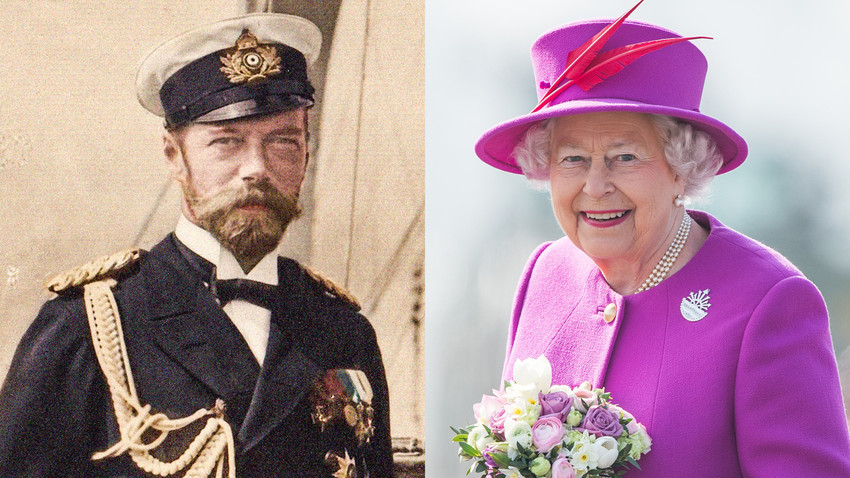For more than a century, the last days of Russia’s Romanov family existed in a space somewhere between documented history and enduring legend. The story of Tsar Nicholas II, Empress Alexandra, and their five children — Olga, Tatiana, Maria, Anastasia, and Alexei — became one of the most discussed mysteries of the 20th century.
For decades, one question lingered above all others:
Did any of the Romanov children survive?
Novels, films, and popular folklore kept the possibility alive, especially the myth surrounding Grand Duchess Anastasia. But modern science has now provided the most comprehensive answer yet — one supported by robust genomic analysis, international forensic collaboration, and decades of archaeological research.
The result is clear:
All members of the immediate Romanov family perished in 1918, and no confirmed evidence supports the survival of any child.
A Century of Confusion: Why the Myth Persisted

The Romanovs were executed in Yekaterinburg during a turbulent moment in Russia’s civil conflict. Because the political situation at the time was chaotic and information was tightly controlled, early reports about their fate were incomplete, contradictory, and often shaped by political interests.
When a burial site was found in 1991, nine sets of remains were recovered — but two children were missing. This absence created a space for speculation that lasted more than a decade:
-
Some believed Anastasia escaped.
-
Others believed the missing remains belonged to Maria.
-
Claims of surviving heirs surfaced repeatedly around the world.
The lack of a full set of remains left the door open to interpretation — and to hope.
2007: The Discovery That Completed the Puzzle

In 2007, researchers uncovered a small collection of bone fragments near the original burial site. These remains were carefully documented, preserved, and subjected to forensic examination. Despite their condition, scientists were able to extract measurable genetic material.
Advances in DNA analysis since the early 1990s allowed experts to test:
-
mitochondrial DNA,
-
autosomal DNA,
-
and additional genomic markers.
These were compared with verified samples from living Romanov relatives, including direct maternal-line descendants.
The conclusion was conclusive:
The newly uncovered remains belonged to the two missing Romanov children — Alexei and one of his sisters (either Maria or Anastasia).
With this final piece of evidence, the scientific community reached a consensus:
no member of the immediate Romanov family survived the events of 1918.
What Science Revealed — and Why It Matters
The resolution of the Romanov case became an unexpected milestone in modern forensic history.
1. Breakthroughs in historical DNA recovery
The ability to extract and analyze genetic material from highly damaged fragments helped push the boundaries of what forensic science can achieve when working with old or degraded samples.
2. Improved mass-disaster identification protocols
Methods developed during this investigation helped refine techniques later used in aviation accidents, natural disasters, and historical research.
3. Insights into the challenges of historical investigation
The Romanov case illustrated how political shifts, incomplete records, and limited early forensic tools can complicate historical truth for decades.
4. Collaboration across borders
Researchers from Russia, the United States, and Europe worked together over many years — setting a precedent for future joint investigations.
From Legend to Legacy

For most of the 20th century, the Romanovs became figures of fascination. Their story was retold in musicals, animated films, novels, and countless articles. The idea of a missing heir was compelling because it combined mystery with human resilience — the possibility that one young member of the family escaped and built a life in secrecy.
Now, with the scientific record complete, the focus shifts from speculation to remembrance.
Instead of asking who survived, historians can now ask deeper questions:
-
How did the Romanovs shape the final years of imperial Russia?
-
How did their lives reflect the social and political pressures of their time?
-
How does their story help us understand the broader context of revolution and civil conflict?
Their lives — rather than the mystery surrounding their deaths — have become the center of modern historical study.
A Quiet Closure After a Loud Century

With the full identification of all Romanov remains, one of the most enduring historical mysteries has finally reached resolution. The story of “a missing duchess” or “a secret heir” has given way to verified evidence, carefully collected and examined across multiple decades.
No miracles.
No hidden descendants.
No unanswered question about survival.
What remains is a sober, historically grounded understanding of a family whose fate became symbolic of an era marked by upheaval.
Their story continues to be studied not because of myth, but because of its profound place in world history — a reminder of how rapidly societies can change, and how the human stories behind those changes continue to resonate long after the evidence settles into certainty.

